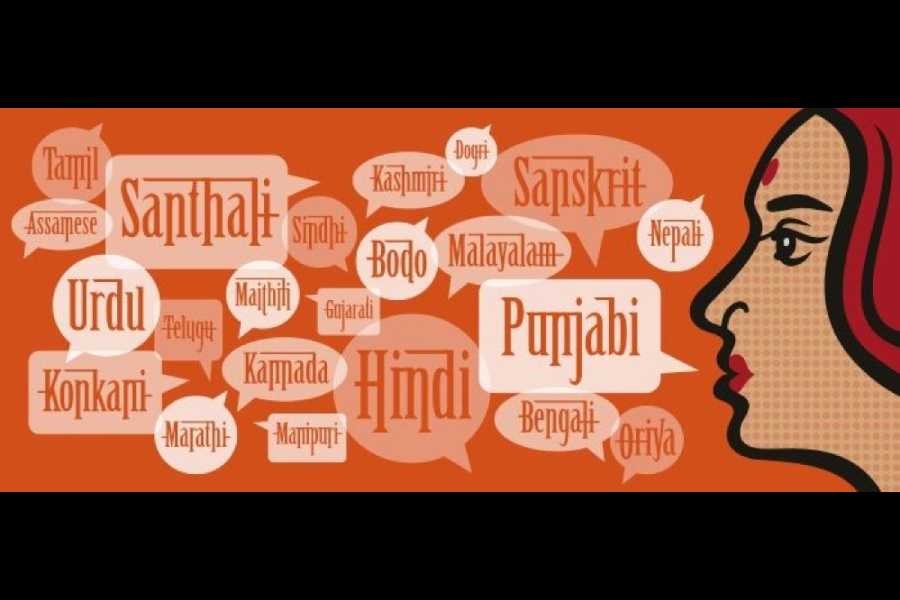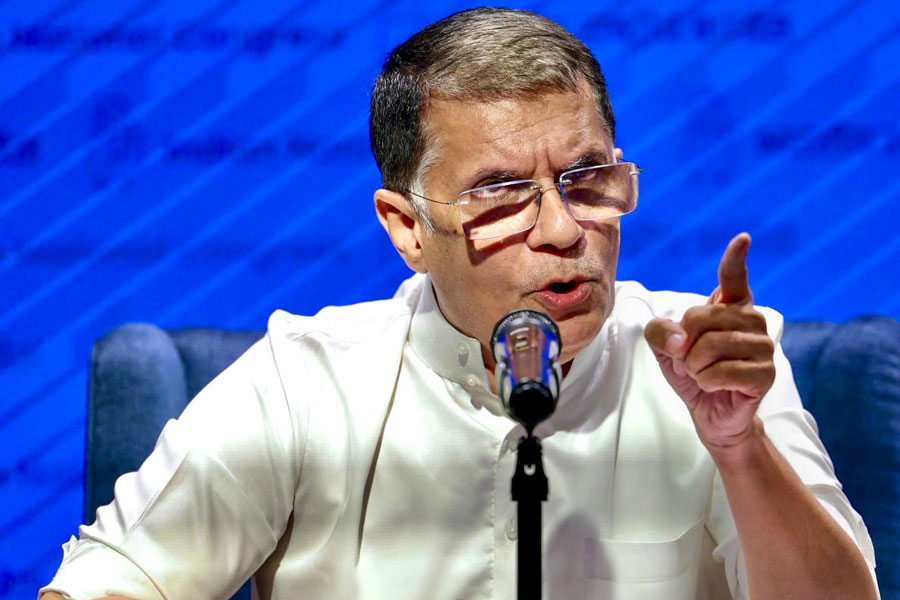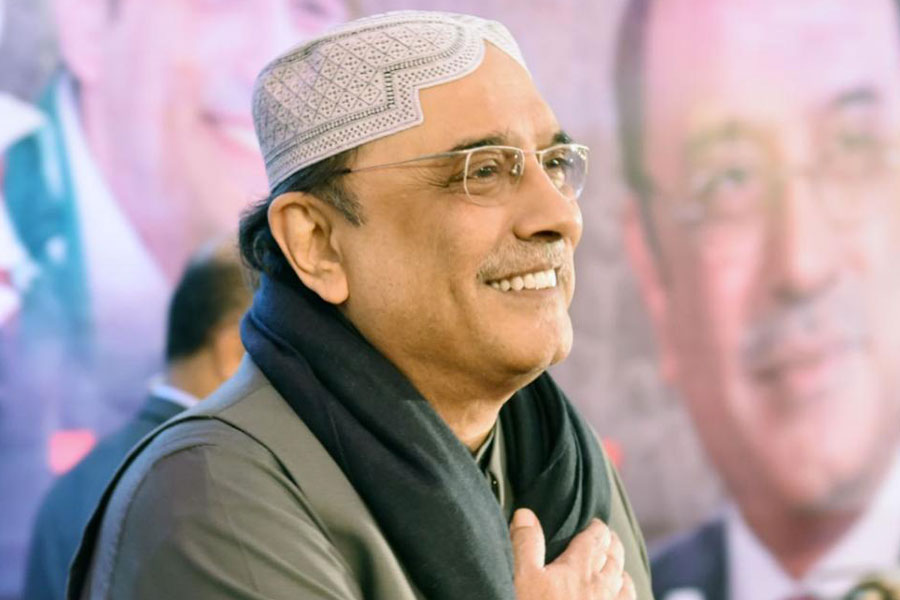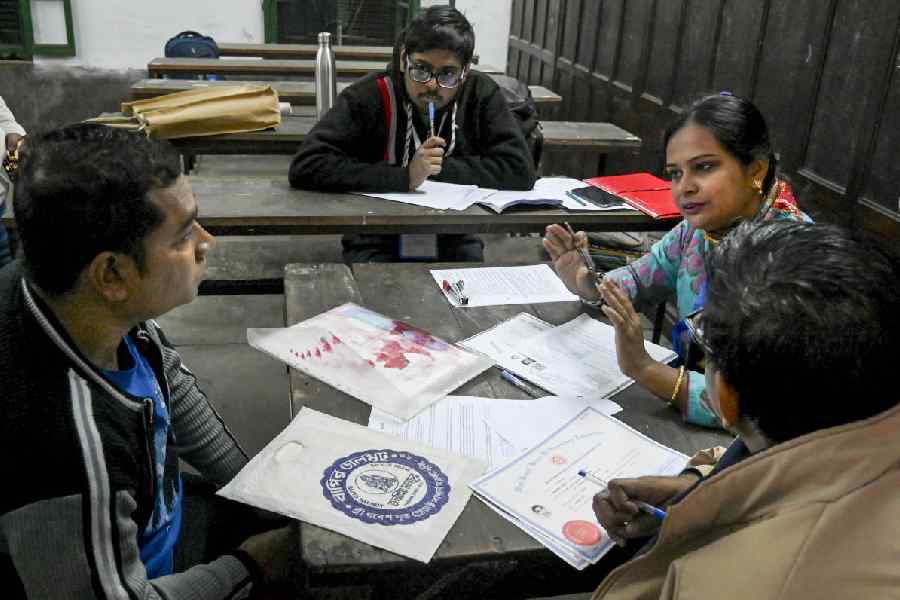Book: INDIA : A LINGUISTIC CIVILIZATION
Author: G.N. Devy
Published by: Aleph
Price: Rs 599
G.N. Devy’s latest work is a fascinating exploration of India’s linguistic histories and their intricate interplay with culture, memory, and identity. Across its four pensive essays, India: A Linguistic Civilization emerges as a masterclass on the deep history of the subcontinent’s languages, tracing their emotional, intellectual, and cultural significance over five millennia.
One of the earliest recorded breaks between orality and literacy in the ‘West’ is dramatised in Plato’s Phaedrus, where — perhaps recollecting an older shift from hunting-gathering to agrarian economies some seven or eight millennia ago — Thoth, the Egyptian god of writing, also divine account keeper of the foodgrain stock from the Nile, offered the gift of writing to King Thamus. Thamus famously warned the god about the technological impact of writing: it would weaken human memory and understanding by fostering reliance on external artefacts. Following a long ‘Western’ tradition of championing literacy over orality, writers as diverse as Saint Augustine, Gerard of Cremona, Giulio Camillo, Edward Gibbon, Walter J. Ong, and Jacques Derrida celebrated writing’s transformative power, emphasising how it restructured cognition and enabled enduring, analytical thought over what they perceived as the fleeting nature of verbal memory associated with indigenous language cultures. Devy challenges this tradition, arguing for a different understanding of Indian multilingualism.
For eighteenth-century philologists like William Jones, the Orientalist scholar credited with conceptualising the ‘Indo-Aryan language tree’ and publicising historical linguistics in India, a language was something that was predominantly characterised by the embodied, authentic nature of literacy as inscription, written rather than spoken. Jones’s ‘civilisational’ view of language played a crucial role in shaping the colonial State’s understanding of Indian language systems as monolingual, script-based structures in its linguistic surveys, such as Grierson’s — an approach that would later weigh heavy on the language policies of the Republic of India. These frameworks, Devy argues, were not only flawed but, as he eloquently outlines, were instrumental in effecting a cultural amnesia regarding the diversifying ethos of a multilingual “language-mix India”, which had existed for interactive language areas for at least two millennia and more after the collapse of the Indus Valley civilisation.
The earliest records of oral texts in the subcontinent exist from about thirty-five centuries from now; the earliest traces of writing date back twenty-four centuries in the past. Despite contemporary politics’ fondness for a mythic, sanatan, Sanskritic past that predates the dinosaurs of the Cretaceous period, Devy reminds us that long before the oldest recorded languages, there were forgotten ancient languages spoken in India by the Austro-Asiatic people who first migrated to South Asia after the ‘Last Glacial Maximum’ around the eighteenth millennium BCE. Furthermore, the undeciphered script of the enigmatic Harappans is a powerful reminder that any historical narrative about the ‘origin’ of Indian languages remains inherently flawed and conjectural.
If, over the course of long centuries, the Muse had indeed learnt to write — to misappropriate Eric J. Havelock’s metaphor — no clear dichotomy emerged between script-based and spoken languages in post-Indus ancient India. While ‘literate’ Sanskrit flourished, producing an abundance of philosophical, liturgical, and imaginative literature, Devy — invoking D.D. Kosambi — reminds us that Pali, the Prakrits, and Tamil made equally rich contributions to India’s cultural heritage. By the 12th century, the introduction of kagaz (paper) through Indo-Persian confluence had blurred distinctions between written ‘elite’ and oral ‘folk’ traditions. The poetic corpus of the bhasha literatures rejected such rigid classifications, embodying a unique synthesis of the oral and the written, performance and inscription.
The book educates its readers on how, historically, India has been a site of continuous “language rebellions” over the last two millennia. In the South, Kannada, Telugu and, later, Malayalam asserted distinct identities separate from Tamil. In the North, Avahamsa (Apabhramsa) traditions rejected the dominance of Sanskrit, evolving into languages such as Marathi, Gujarati, Kashmiri, Sindhi, Punjabi, Bangla, Odia, Assamese and over 53 other independent languages — including Bhojpuri, Chhattisgarhi, Bhili, Kumaoni, Marwari, Mewari, and Nagpuria — now subsumed under the modern Indian State’s quasi-linguistic championing of Hindi as a ‘national language’, erasing their individuality in official discourse.
While there is no definitive count of surviving Indian languages, Devy draws from his monumental People’s Linguistic Survey of India (2010-2013) to estimate that about 850 exist today, though many are fast disappearing. This disappearance is part of a global crisis, with nearly three-quarters of all natural human languages worldwide on the brink of language death — a phenomenon Indian policymakers are still oblivious of.
In an era characterised by monolingual cultural chauvinism, the book expresses hope in a reflective sadness that would ponder over the rapid disappearance of natural languages: “India will learn to respect what has been an essential feature of Indian society for the last five millennia, namely, that a single language as a mother tongue is but an abstract notion without any substantial evidence in the social reality.”











